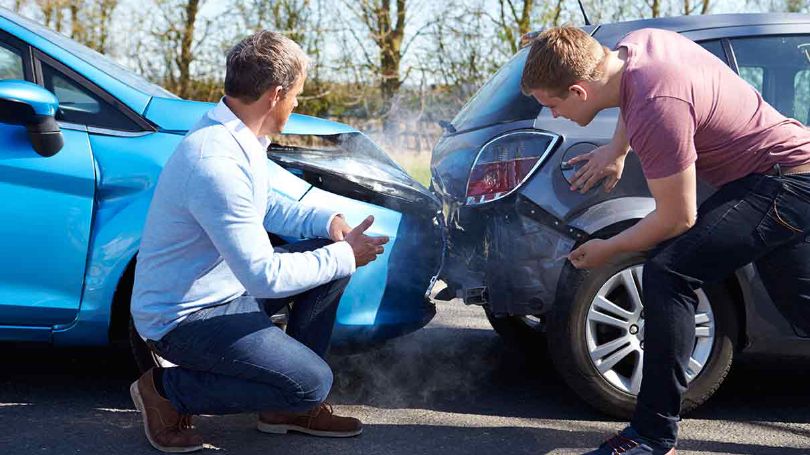Studies have shown that the crash rate of cannabis-impaired drivers is:
- 2 to 6 times higher than non-impaired drivers, and
- 16.4% of all drivers killed in Canada between 2000 and 2010 tested positive for cannabis.
Since legalization, penalties for cannabis-impaired driving have gone through rounds of changes, and as of now, a level between 2 and 5 nanograms per millilitre of blood will result in a maximum $1,000 fine. Penalties escalate for levels above that, and in cases when cannabis impairment is combined with alcohol impairment. Tests are conducted with an oral sample and refusal to comply also carries penalties.
As with alcohol, there are no hard and fast rules for how much you can consume and how many hours you need to wait before operating a vehicle. There are many factors at play, including the type of marijuana product consumed, tolerance levels and more.
Drug-impaired driving is also not limited to cannabis - over the counter and prescription medication can also have adverse affects on your ability to drive. Driving while under the influence of such medications is also subject to the same penalties as alcohol and cannabis-related offences.
When starting a new medication, ask your doctor or pharmacist about potential side-effects. Also try to take the first couple of doses on days when you don’t have to drive to see how it affects you.
Whether it’s alcohol, marijuana or over the counter/prescribed medication, your best bet is to avoid driving altogether and plan a safe ride home with a friend, taxi or public transportation.













